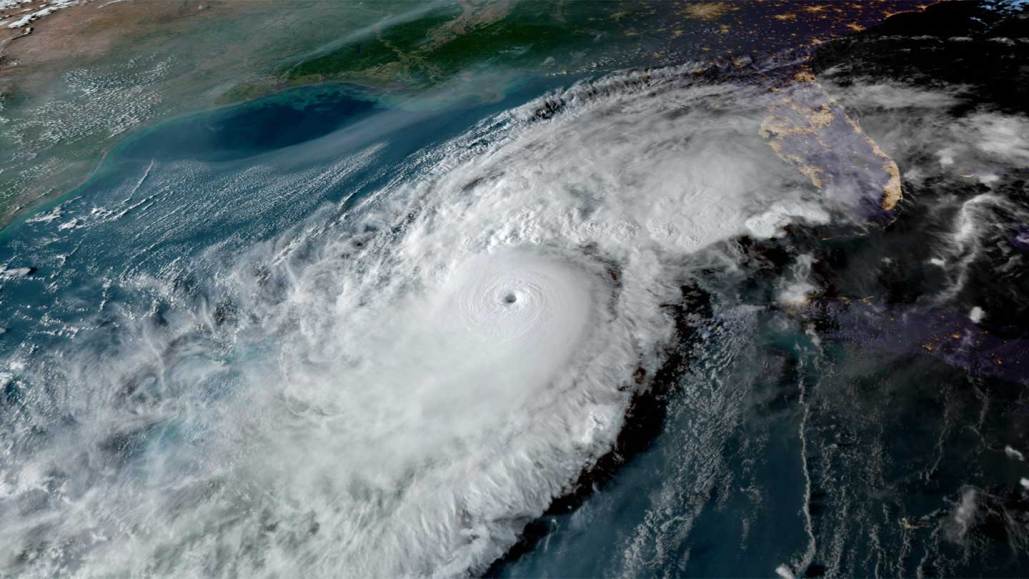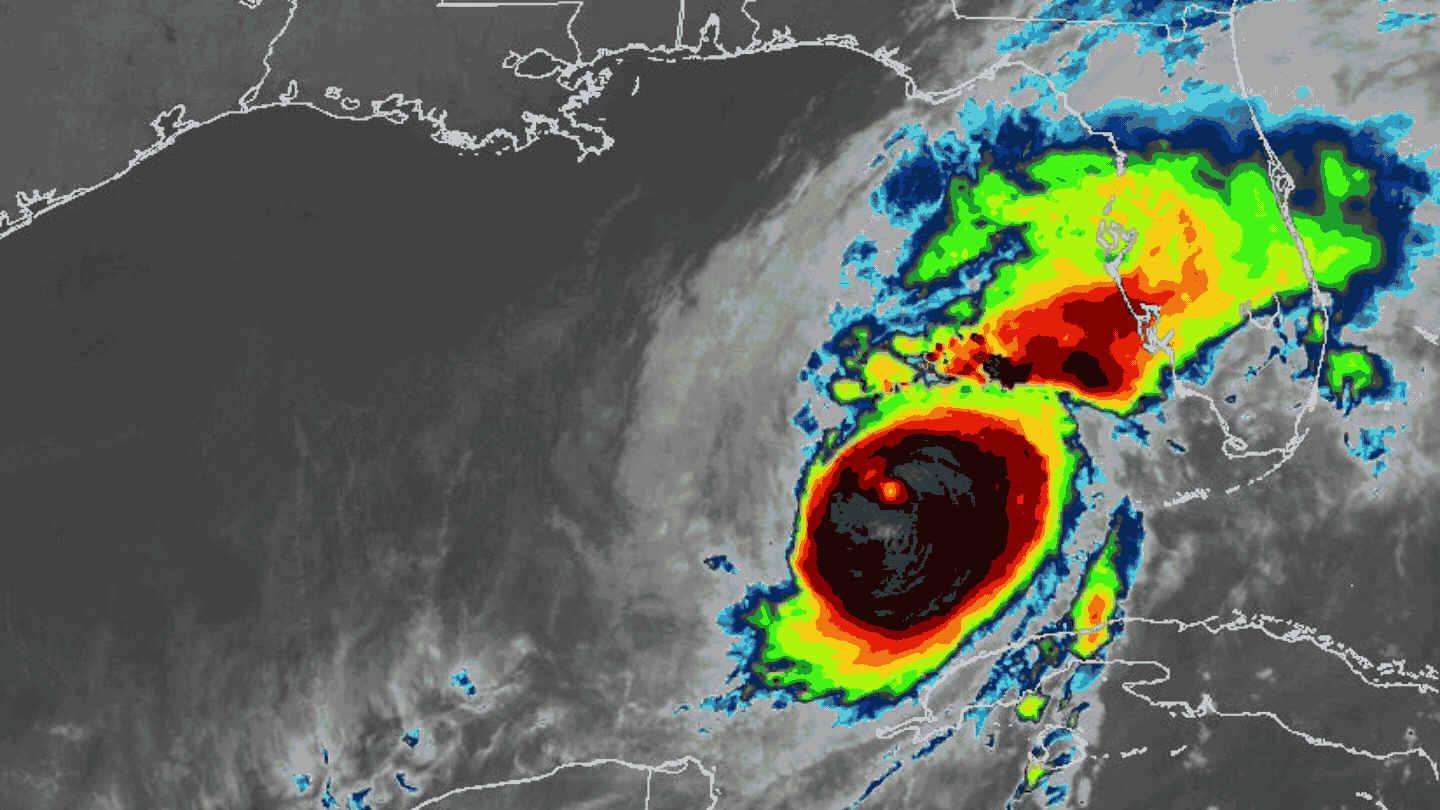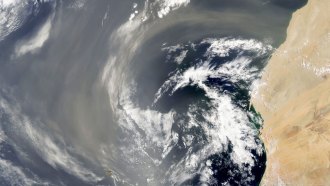Climate change has amped up hurricane wind speeds by 29 kph on average
Warming oceans have shifted the intensity of many Atlantic hurricanes up an entire category

The warm surface of the North Atlantic Ocean boosted the wind speeds of Hurricane Milton in October, enhancing the tempest from Category 4 into Category 5.
CSU/CIRA & NOAA









